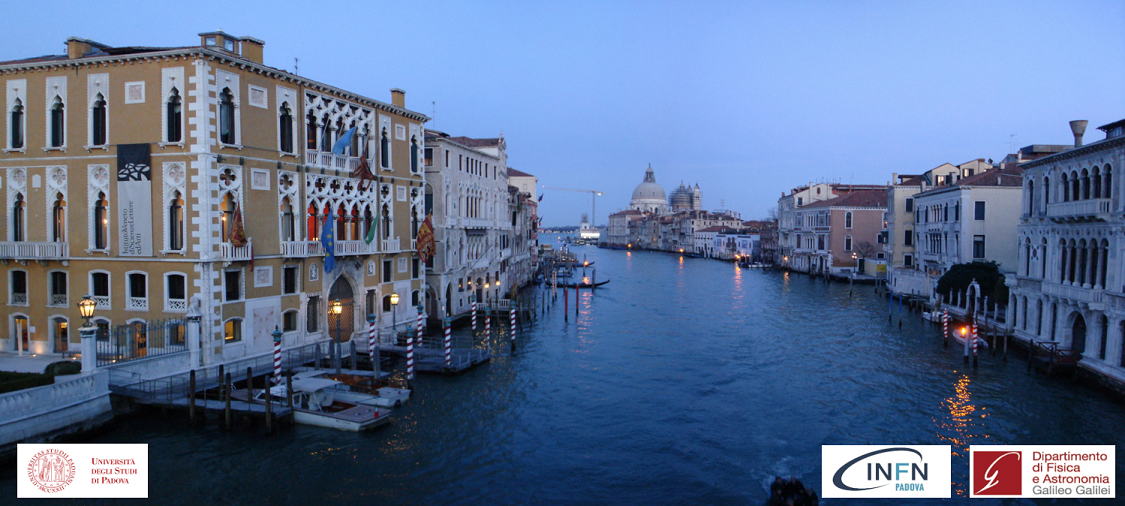Speaker
Description
Being for centuries a magnificent and enigmatic presence in the night sky the Milky Way became during the last decades the target of multi-messenger observations at increasing energies.
In this talk we will focus on its γ-ray and neutrino diffuse emissions which recently has been both observed up to the PeV.
One of the main aims of these measurements is to understand the origin and the propagation of Galactic cosmic-rays.
In this framework, it is striking that the γ-ray diffusion emissions measured by LHAASO has been found more intense and harder than predicted by conventional cosmic-ray propagation models as it was also found — less prominently — at lower energies.
The possible forthcoming discovery of the neutrino counterpart of such emission would imply its hadronic origin hence disfavouring unresolved leptonic sources, as pulsars and TeV halos, to be responsible of such an excess.
We will show that a physically motivated cosmic-ray propagation scenario featuring non-homogeneous transport, which has been developed over the latest years to reproduce γ-ray observations in different regions of the Galaxy, provides a consistent description of γ-ray and neutrino measurements up to the PeV as well as high energy cosmic ray data beyond that energy.

